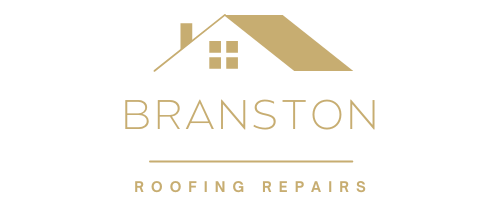Introduction: Flat roofs are popular for commercial and residential buildings due to their cost-effectiveness and versatility. However, they require meticulous maintenance to ensure their longevity and functionality. This blog post explores how structured roof maintenance programs play a crucial role in extending the lifespan of flat roofs, ensuring they continue to provide optimal protection and performance.
Understanding Flat Roofs
Flat roofs are characterised by their minimal slope, making them distinct from traditional pitched roofs. This design feature, while advantageous in terms of space utilisation and accessibility, also presents unique challenges. Flat roofs are prone to water pooling, debris accumulation, and wear from environmental factors, leading to leaks, insulation problems, and structural damage over time.
The Importance of Regular Maintenance
Regular maintenance is key to preventing the common issues associated with flat roofs. By enacting a comprehensive maintenance program, building owners can detect and address minor issues before they escalate into major problems. Key components of a typical flat roof maintenance program include:
- Inspection: Conduct regular inspections, typically bi-annually, to assess the roof’s condition. Inspections are particularly crucial after extreme weather events.
- Cleaning: Removing debris, such as leaves and twigs, can block drainage systems and lead to water pooling.
- Repair: Addressing minor damages such as small leaks or punctures immediately to prevent them from worsening.
- Preventative Measures: Applying waterproof sealants and checking for structural integrity can prevent future issues.
The Benefits of a Roof Maintenance Program
Implementing a roof maintenance program offers numerous benefits:
- Extended Lifespan: Proactive maintenance can significantly extend the lifespan of a flat roof beyond its typical expectancy.
- Cost Savings: While maintenance incurs a cost, it is far less expensive than the cost associated with major repairs or a full roof replacement due to neglect.
- Energy Efficiency: Well-maintained roofs provide better insulation, keeping buildings cooler in summer and warmer in winter, which can lead to lower energy bills.
- Peace of Mind: Regular maintenance ensures the roof is always in good condition, providing building owners and occupants with peace of mind during adverse weather conditions.
Implementing a Maintenance Program
Starting a roof maintenance program involves several steps:
- Assessment: Have a professional evaluate the roof’s current condition and identify any immediate concerns.
- Planning: Develop a maintenance schedule that suits the roof’s specific needs based on its age, condition, and environmental exposure.
- Execution: Utilise skilled professionals to carry out the maintenance work to ensure it is done correctly and safely.
- Documentation: Keep detailed records of all inspections, repairs, and maintenance activities. This documentation can be useful for warranty purposes and future inspections.
Conclusion: The importance of maintaining a flat roof cannot be overstated. A well-implemented roof maintenance program not only extends a roof’s lifespan but also ensures its optimal performance and efficiency. Building owners can save on costly repairs and replacements by investing in regular maintenance, ultimately benefiting from a more durable and reliable roofing system. Without proper care, even the most robust roofing materials can succumb to the elements, proving that maintenance is essential in preserving flat roofs’ integrity and functionality.
Call us on: 01522 459 294
Click here to find out more about Branston Roofing Repairs
Click here to complete our contact form and see how we can help with your roofing needs.

